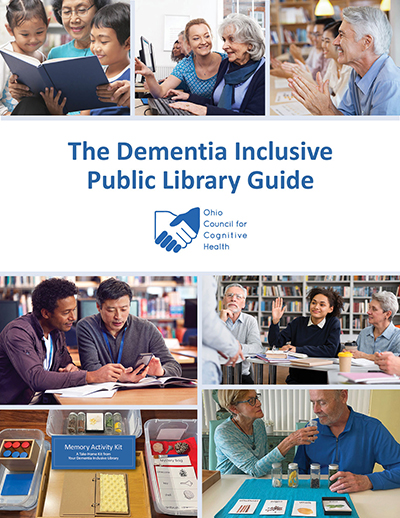How can Task Breakdown help People with Dementia?
The best way to assist a person to complete a task is for you to demonstrate each step one at a time and then ask the person with dementia to follow before moving on to the next step. Task breakdown also helps people with dementia maintain control and dignity by ensuring they participate rather than having a caregiver do an activity for them.
For example, if someone with dementia was given a variety of ingredients at once and asked to “cook dinner,” the person might get started right away, or sit and stare, or leave, or say no. A person in the later stages of dementia may find this request overwhelming. However, a person in the early stages may welcome the chance to cook a meal. That is why knowing the person is critical. Having an understanding of the person’s skills and abilities is essential in making any modifications they need to succeed. For example, if someone is having a hard time with the task of stirring cookie dough, for the first step, the care partner demonstrates picking up the wooden spoon. The care partner may then say to the person with dementia, “Now you try.”
Successful Task Guiding Strategies
1. Tasks should be broken down into steps that are accessible for the person and the care partner should use a “demonstrate then follow” method.
2. Make sure the space you are working in is clutter-free.
3. Only have the items needed for the task present.
4. Lay supplies out in order of use from left to right and are to be used one step at a time.
5. Two sets of supplies may be needed. For example, when setting the table, the care partner should place their items, one at a time, just like the person with dementia will do.
6. Make sure the area you are working in is well lit, with no shadows.
7. Contrast helps people see object more clearly. Try placing all of the items needed for the task on a placemat that is a contrasting color from the work surface.
8. Demonstrate the steps of a task- one at a time- for the person with dementia and then invite the person to follow after each step. This verbal invitation leads to the person following the guide, but often no words are even needed. Many people with dementia will follow the actions of their care partner when they are working on a task together. Often, following their care partner’s actions is easier than following written or verbal directions.


